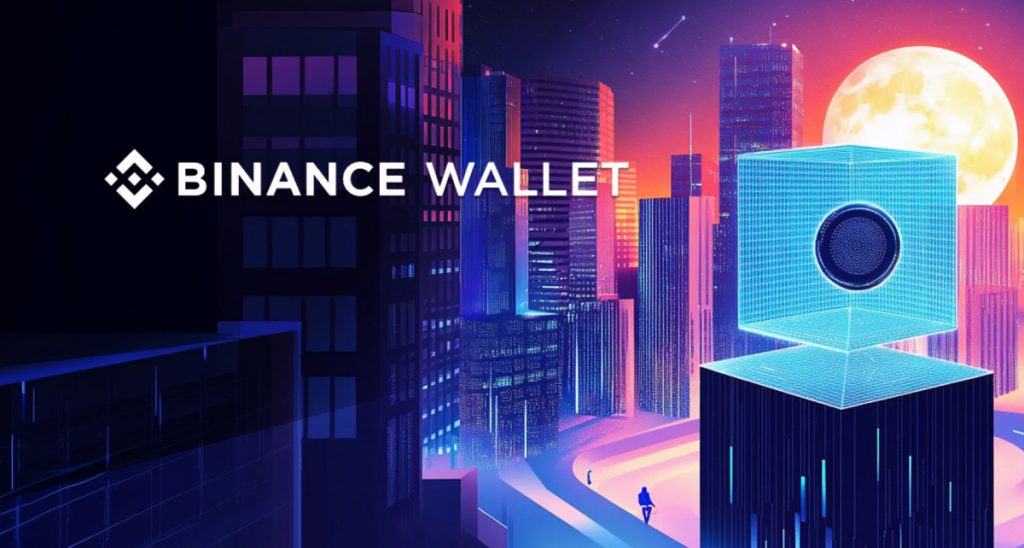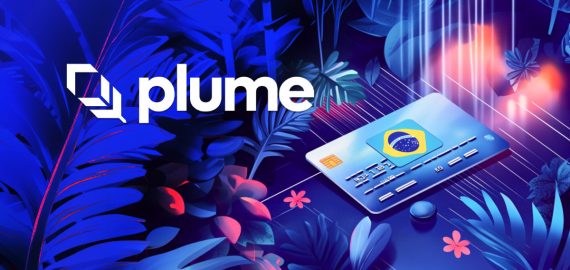Binance Wallet Introduces Bonding Curve-Based Token Generation Event Model In Collaboration With Four.Meme


In Brief
Binance has introduced a new Token Generation Event model within its Wallet, using a Bonding Curve mechanism that dynamically adjusts token prices based on demand, offering participants real-time pricing, flexible trading options, and structured phases leading to eventual token listing on Binance Alpha.

Cryptocurrency exchange Binance announced that it has introduced a new Token Generation Event (TGE) model within its Wallet, incorporating a Bonding Curve mechanism—a pricing method that adjusts the cost of tokens in response to market demand. This launch, in partnership with Four.Meme, marks a pilot use of the model on the platform.
The first project to utilize this updated TGE structure is scheduled to be revealed on the official Binance Wallet X account on July 15th.
A bonding curve operates as a dynamic pricing mechanism in which the token price adjusts automatically depending on how many tokens are purchased directly from the bonding curve contract during a TGE. As demand increases and more tokens are acquired, the price rises incrementally along a predefined curve. This method removes fixed pricing in favor of a demand-driven structure that evolves throughout the event.
In a TGE structured around a bonding curve, participants use BNB within Binance Wallet to purchase tokens. These tokens remain locked within the bonding curve environment during the subscription period, meaning they can only be transacted within that ecosystem. This approach limits speculative external trading and keeps all interactions within the event’s framework.
Participants have two available actions during the event: they may either sell the tokens back to other users within the bonding curve environment before the subscription period ends or hold them until the tokens become transferable and tradable on Binance Alpha once the event concludes. This dual-option system introduces flexibility into a typically static launch structure.
The bonding curve model introduces several structural advantages. Participants can engage in token trading directly on the event’s landing page throughout the TGE, prior to the token’s broader availability on platforms such as Binance Alpha or decentralized exchanges. Additionally, if early participants decide to sell their tokens before the event ends, it reintroduces liquidity into the ecosystem, potentially allowing others to participate later in the subscription window.
Because the pricing adjusts automatically based on the volume of purchases, the model offers a rules-based and transparent pricing process. This removes arbitrary pricing decisions and anchors token value to market interest in real time.
Overview Of The Bonding Curve TGE Process
The Bonding Curve-based TGE follows a structured timeline consisting of four distinct phases. In the initial phase, participants submit buy orders for non-transferable tokens using BNB via Binance Wallet. This process is conducted on a first-come, first-served basis. The pricing mechanism is dynamic and adjusts in real time based on the volume of purchases. To maintain fairness, individual purchasing limits are applied throughout this stage.
During the second phase, if the token cap is temporarily reached, additional buy orders can still be placed. These may be fulfilled if other participants sell their tokens back into the bonding curve ecosystem, which helps ensure continued token availability during the event. It is important to note that once a buy order is submitted, it cannot be canceled, and the BNB used for the purchase will remain locked until the TGE concludes.
The third phase is defined by a countdown that signals the end of the event. Once the countdown expires, no new buy orders are accepted. Any orders that remain unfulfilled or exceed the allocation due to oversubscription are automatically canceled. After the event, participants may reclaim any unused BNB through the designated refund process.
In the final phase, tokens that were initially non-transferable are converted into transferable assets. The project then proceeds with listing these tokens on Binance Alpha, making them available for open market trading. As pricing in a Bonding Curve-based TGE is determined by demand, final token prices may vary from initial expectations. Participants are advised to fully understand the nature and risks of this pricing model before engaging.
Disclaimer
In line with the Trust Project guidelines, please note that the information provided on this page is not intended to be and should not be interpreted as legal, tax, investment, financial, or any other form of advice. It is important to only invest what you can afford to lose and to seek independent financial advice if you have any doubts. For further information, we suggest referring to the terms and conditions as well as the help and support pages provided by the issuer or advertiser. MetaversePost is committed to accurate, unbiased reporting, but market conditions are subject to change without notice.
About The Author
Alisa, a dedicated journalist at the MPost, specializes in cryptocurrency, zero-knowledge proofs, investments, and the expansive realm of Web3. With a keen eye for emerging trends and technologies, she delivers comprehensive coverage to inform and engage readers in the ever-evolving landscape of digital finance.
More articles

Alisa, a dedicated journalist at the MPost, specializes in cryptocurrency, zero-knowledge proofs, investments, and the expansive realm of Web3. With a keen eye for emerging trends and technologies, she delivers comprehensive coverage to inform and engage readers in the ever-evolving landscape of digital finance.


















































